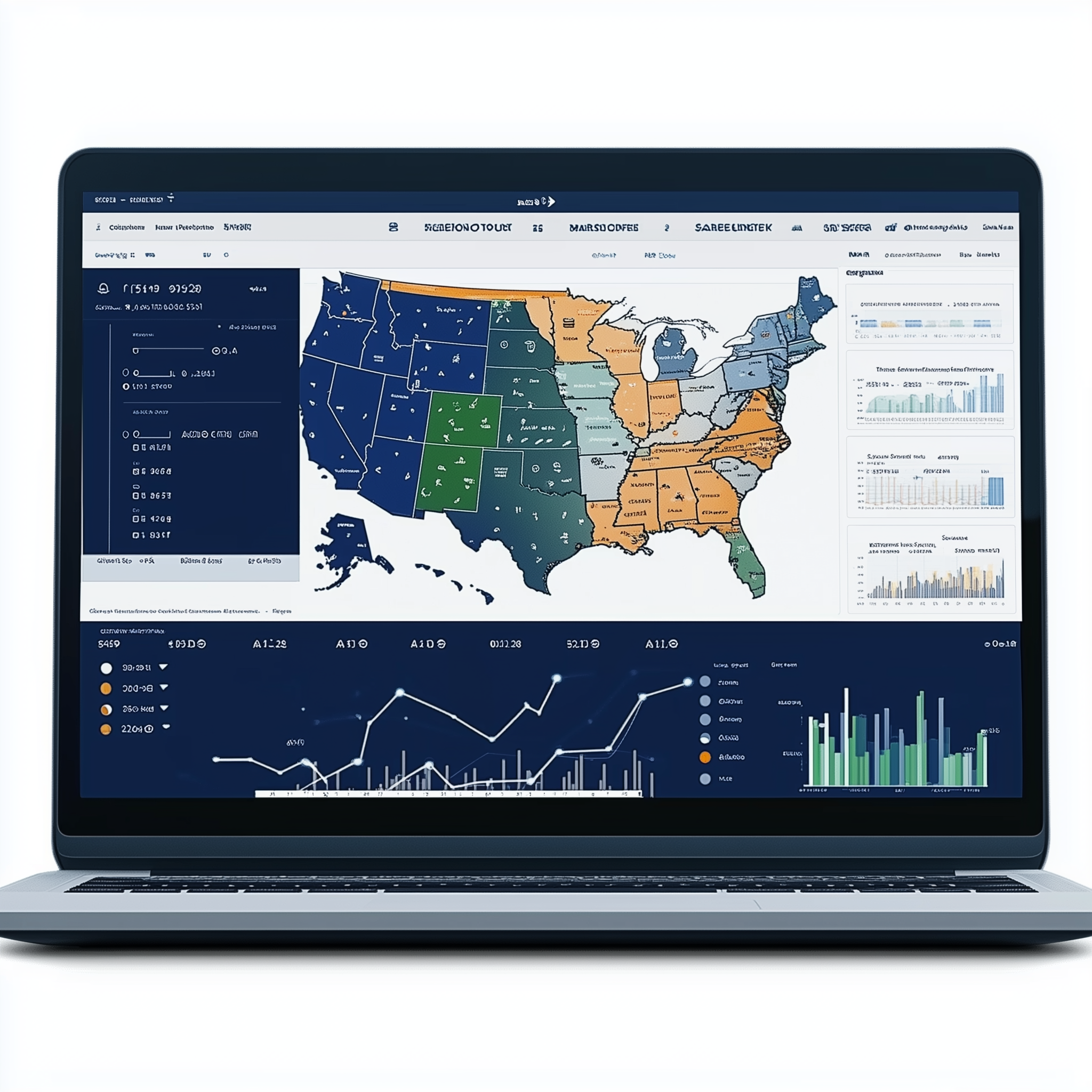Understanding the true impact of your advertising efforts is crucial to optimizing your marketing strategy. Incremental revenue—the additional revenue generated directly by your ads—is a key metric to measure. This guide outlines the most effective ways to measure incremental revenue from Meta and Google ads, breaking down methodologies, pros, cons, and practical tips for implementation.
Meta Ads
Conversion Lift Study
What is it? A Conversion Lift Study is an experiment within Meta that creates a holdout group (control) to compare conversion rates between those exposed to ads and those who aren’t.
Pros:
The easiest method for testing incrementality in Meta.
Accessible through the Experiments section in Meta, allowing you to select specific campaigns or ad accounts for the test.
Requirements:
At least $5,000 in spend over the past year.
A minimum of 500 attributed conversions.
Cons:
Relies on pixel-attributed conversions, which include view attribution data but exclude in-store data.
Uses a holdout group, removing 10-20% of the total U.S. population from your reachable audience.
Measures only Meta’s impact, without de-duplicating reach across other platforms like TikTok. Conversions may still occur within the holdout group via other channels.
Dark Period
What is it? A Dark Period involves pausing Meta ads for a set duration (typically 2-4 weeks) to observe changes in overall performance metrics like revenue and organic search volume.
Pros:
Provides a clear picture of Meta’s incrementality by measuring the revenue drop-off during the pause period.
Cons:
Likely results in a temporary revenue drop, impacting the brand’s topline performance.
Requires consistent marketing efforts during and around the dark period to ensure accurate measurement.
Geographic Testing
What is it? This method involves pausing Meta ads in specific geographic regions to measure the impact on revenue in those areas.
Pros:
Offers direct insights into revenue impact, similar to a dark period test, but limits the risk by isolating the test to specific regions.
Cons:
Requires a longer testing period (1-2 months).
Best suited for brands with significant revenue and purchase volumes across multiple regions to detect meaningful changes in performance.
Google Ads / YouTube
Is Branded Search Needed?
What is it? For many brands, investing in branded search terms is necessary. However, if your SEO is strong and competitive pressure is low, branded search may not be incremental.
How to Test:
Review auction insights to assess competition. If three or more competitors bid on your branded terms, it’s likely worth continuing.
Turn off branded search for two weeks and measure total search revenue (organic + paid). If revenue remains stable, your organic listings are likely capturing the traffic.
For higher purchase volumes, exclude 3-5 states from branded search campaigns for 1-2 months and observe changes in search revenue.
Is YouTube Driving Conversions Outside the Attribution Window?
Conversion Lift Study
Similar to Meta’s approach, a YouTube Conversion Lift Study compares conversion rates between exposed and unexposed audiences.
Caveat: Requires significant ad spend and a high volume of events to ensure accurate results.
Brand Lift Study
A more cost-effective method for understanding YouTube’s impact on purchase intent, brand awareness, and product consideration.
Uses survey questions for exposed and unexposed audiences.
Budget Requirements:
$10k in 10 days: 1 question.
$20k in 10 days: 2 questions.
$60k in 10 days: 3 questions.
Advantage: No additional cost beyond the minimum ad spend.
Final Thoughts
Measuring incremental revenue is essential for evaluating the true ROI of your advertising efforts. While methods like Conversion Lift Studies, Dark Periods, and Geographic Testing provide valuable insights, they come with trade-offs in terms of cost, risk, and operational complexity. By carefully selecting the method that aligns with your business goals and resources, you can confidently assess the impact of your Google and Meta ad campaigns and make informed decisions to optimize performance.

